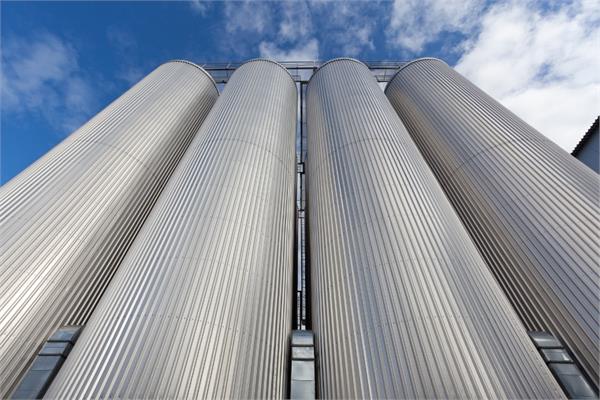
The innovative and hygienic galvanised steel coating can prevent bacterial attacks on food.
Food, after being cultivated, is subject to the deposition of a series of bacteria. In order to combat them, two researchers have created a galvanised steel coating that can be applied to food containers: a two-step solution that prevents the bacteria attacks.
The two researchers are the chemical engineering professor Mustafa Akbulut and the professor of horticultural sciences Luis Cisneros-Zevallos from the Texas A&M University College of Engineering (United States of America). Through a close collaboration, they developed a hygienic coating solution capable of reducing the risk of corrosion. This is because galvanised steel containers and surfaces are used for harvested products thanks to their durability, resistance and lower cost than stainless steel.
“This material is more durable and does not experience corrosion. The surface itself can repel the bacteria so it does not get germs stuck on it. Normal steel tends to collect pathogens and microorganisms, but the coated steel is overcoming that issue. These are the main benefits of this technology,” has stated Akbulut.
The coating method for galvanised steel features superhydrophobicity and antifouling ability, effectively inhibiting the attachment of fungi, bacteria and mud. Furthermore, during the coating process, the material properties, structural properties and mechanical strength of the steel do not change – while the top layer of steel is coated, as it is the origin of food contact with the surface.
“With this technology we are reducing mud-related contamination and this will have an impact because the people that consume fruits and vegetables trust that they’re buying something safe, and it will not affect their health,” has also commented Cisneros-Zevallos.
The research shows that the coating can decrease bacterial strains over seven days and could reduce adherence to Aspergillus, a food-borne fungus. This technology is also potentially usable on grain storage silos, along with other food industry storage units and containers – therefore providing a significant advantage for the multidisciplinary fields of food engineering, safety and processing.
“Our goal is to make the industry adopt this. Processors will benefit in the sense that they will be handling something that they can deliver in a trustful way to consumers and consumers will benefit because they will have something that will be safe for them. With this research, we are ensuring that the technological developments from other fields are being pursued and implemented in agriculture. The agricultural field is catching up with other technologies. This coating directly impacts our daily life and the food we’re trying to make safer,” has concluded Cisneros-Zevallos.